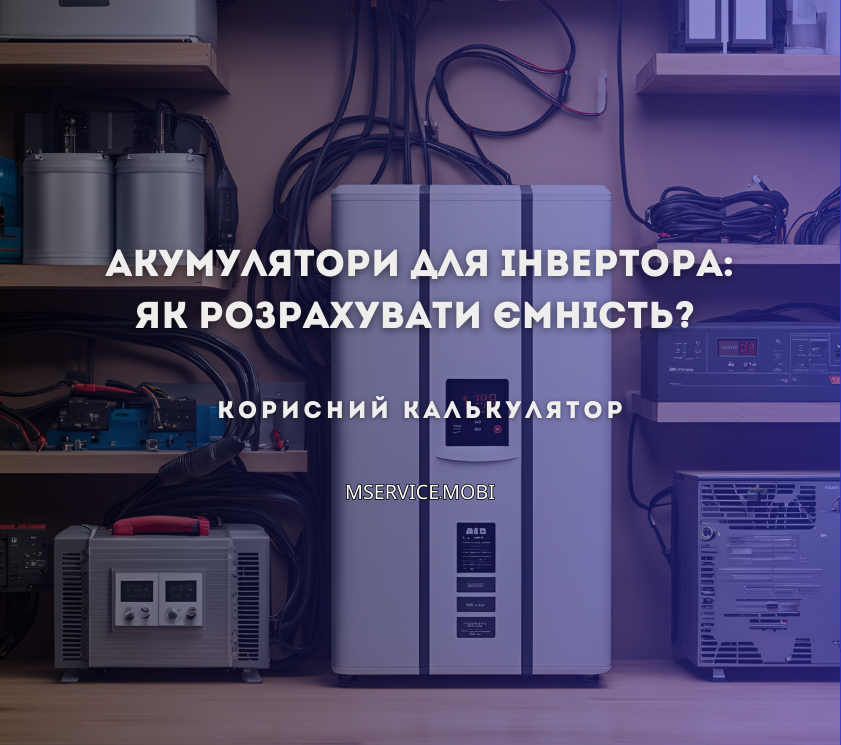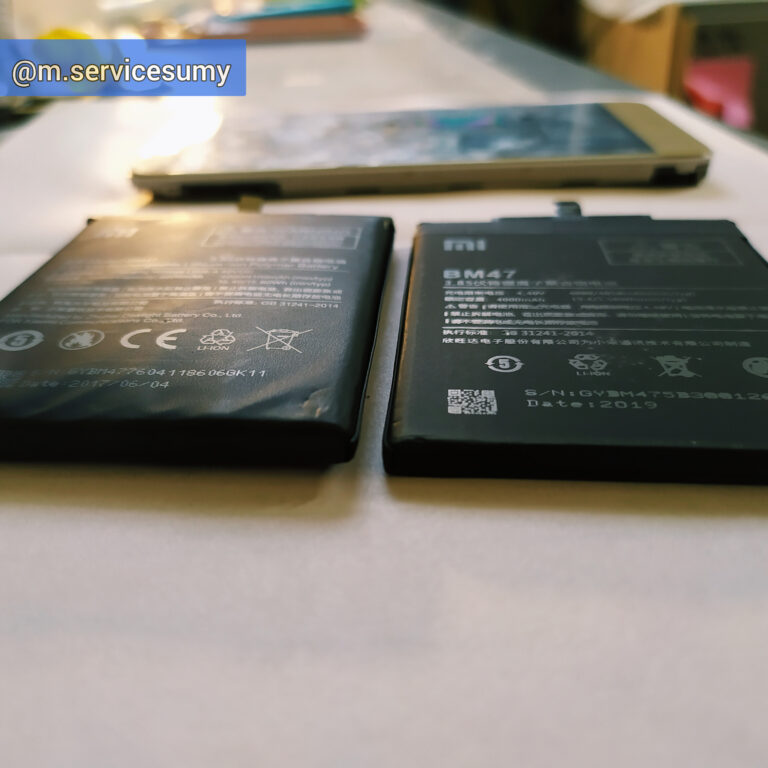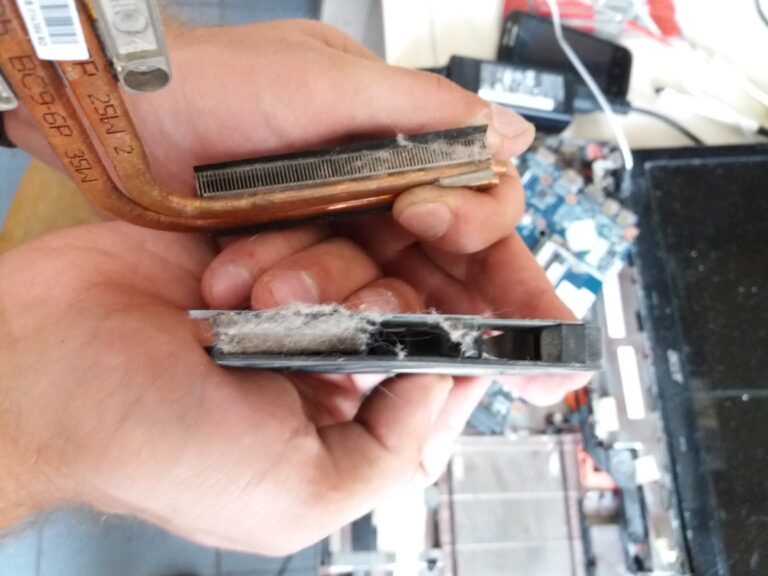How to calculate the battery capacity for an inverter? Calculator
Since 2022, the issue of alternative, backup power has become a matter of survival for Ukrainians. Especially in winter, when the days are cold and short, and electricity is often unavailable due to the constant shelling of critical infrastructure. During this period, we have gained experience with various devices to power homes, offices and retail outlets of customers, as well as our own office, for uninterrupted gadget repair.
The collective knowledge and skills have accelerated the successful and effective combinations of alternative, backup electricity at home during power outages. And due to the high price of generators and ready-made power plants, not everyone can afford them, or connect them in an apartment, for example, so we offer simplified solutions.
How to convert 12V, 24V, 36V, 48V to 220V?
We share with you the basic tips on how it works using a battery and an inverter that converts voltage from 12V to 220V as an example, and the basic rules for use.
You can buy a battery ready-made (new or with a certain service life) or assembled. Keep the following in mind:
- any assembly must have a protection board;
- It is highly undesirable to disconnect the protection board, as this can lead to negative consequences;
- the battery must be used only for its intended purpose and connected to the load for which it is designed;
- charge in time, and charge only with a charger that is designed for this purpose;
- Choosing the right inverter will help preserve battery life and improve the efficiency of the system as a whole.
How to calculate the battery capacity for your needs? Examples
If you need to power it from the battery:
Lighting (depends on how many lamps and what power they will be, for example, 20W), + laptop with monitor (150W), + router (it makes sense when GPON optics are installed in your house) - 10W and a 10W router, it turns out to be about 190W*h
A refrigerator consumes about 100 to 300W, (depending on the model), for example 200W, and a boiler (not electric), where the pump consumption is, for example, 100W, it turns out about 300W*h.
Taken together, the total power consumption for 4 hours will be 1960 watts(190W+300W)*4h.
The consumption current (for 1 hour) at 220V will be approximately 2.45A. While the consumption current at 12V will be 45A, and without the consumption of the inverter itself and the starting currents of the refrigerator compressor and the engine of your boiler. For your equipment to work for 4 hours, the battery should be 12V 200A.
If you use any of the acidic battery types, then in the event of a +2-4 power outage, this type of battery will not be able to charge for the next power outage period.
When using a li-ion battery, the charging currents are more significant, and in 2 hours there is a chance to charge (in some cases) up to 50% (it all depends on your charger and the type of lithium).
Other types of batteries and chargers can have charge rates up to 100% in a shorter period of time. It all depends on your needs, availability, and budget.
For an approximate calculation of the consumption of your home appliances, we have made a simplified calculator for calculating the battery capacity of the inverter, where you can calculate the consumption using the example described above.
Battery to inverter calculator
To roughly calculate the consumption of your home or office appliances, we have made a simplified calculator for calculating the battery capacity of the inverter, where you can calculate the consumption using the example described above.
For a more accurate determination of the battery capacity, inverter efficiency, according to your needs, please contact consultationWe will be happy to help you choose and install the necessary equipment!








